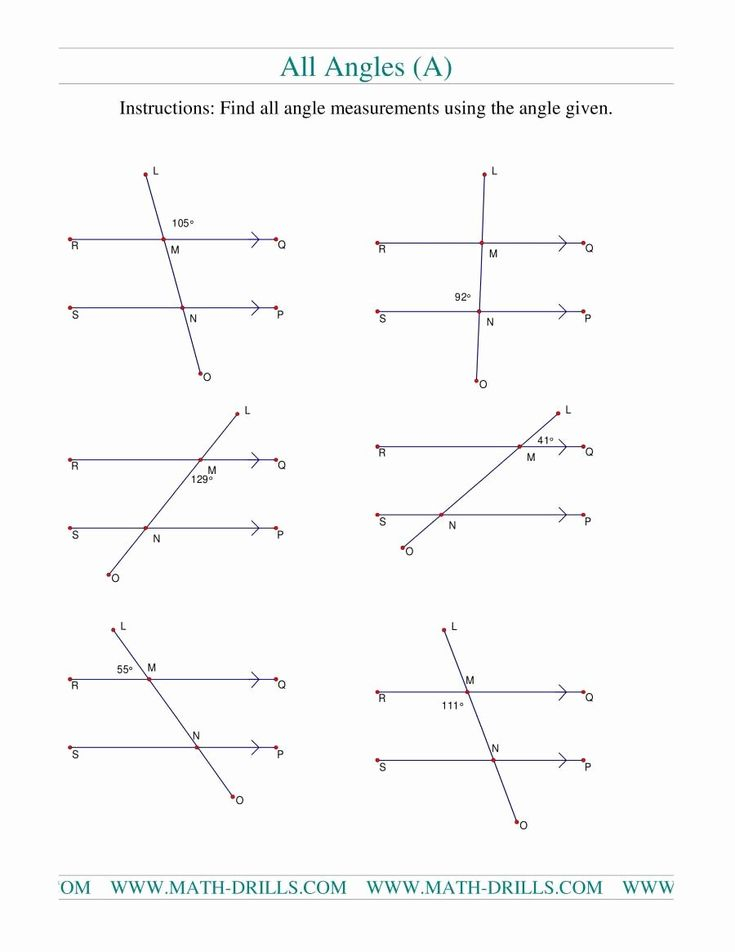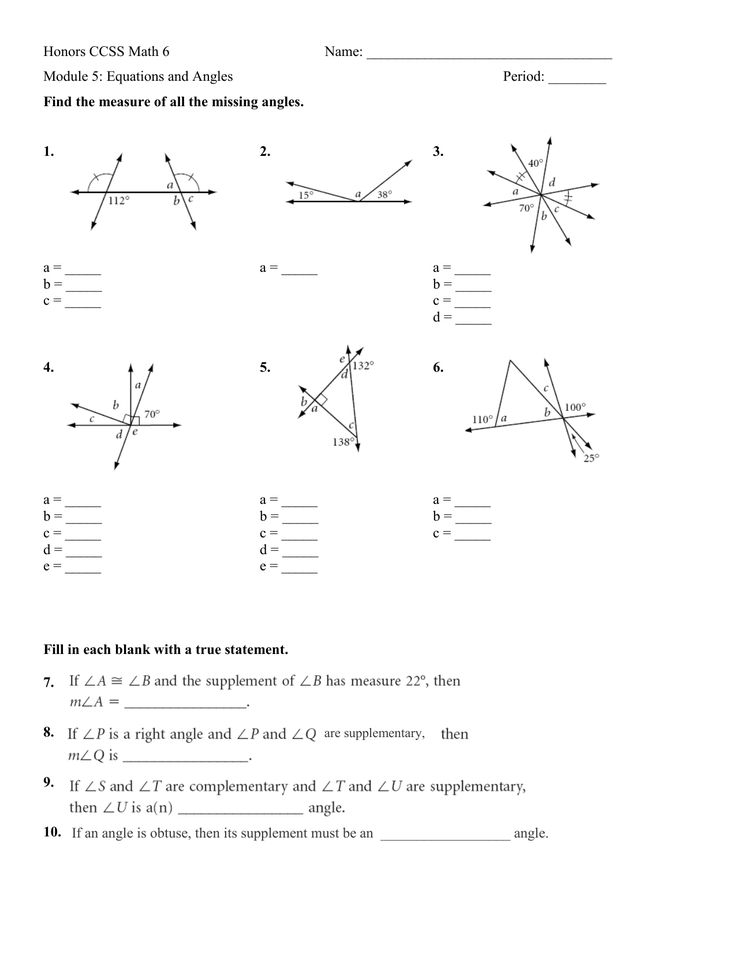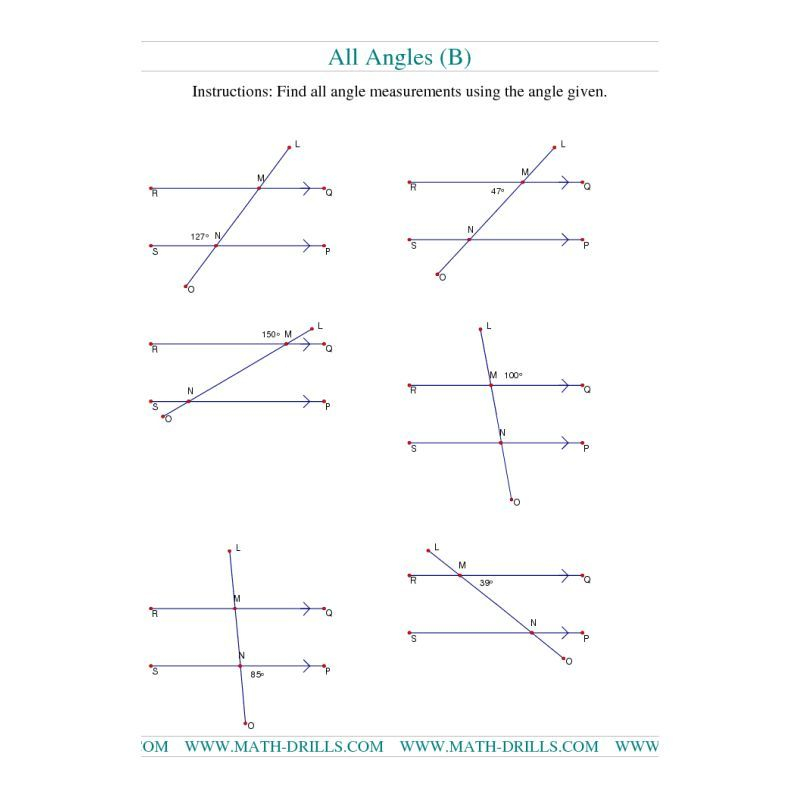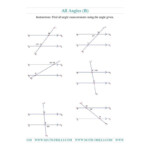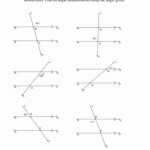Using Angle Relationships To Find Angle Measures Worksheet – If you have been struggling to learn how to find angles, there is no need to worry as there are many resources available for you to use. These worksheets will help to understand the various concepts and increase your knowledge of angles. Students will be able to identify unknown angles using the vertex, arms and arcs postulates.
Identifying angles
Identifying angles worksheets help students understand the concept of right angles and obtuse angles. An angle with one horizontal leg and two or more vertical legs is a right angle. The base leg of an angle forms the easiest visual representation of an acute angle. In these worksheets, students identify angles that are nearly right angles.
These worksheets are an excellent way to learn about angles. They are divided into basic and advanced levels and cover different types of angles. They are also great for helping students learn the relationship between angles and real-world objects. Many of them are free to download. After students have learned the basics, they can begin to analyze more advanced angles.
The types of angles are described on a chart for Grades 5 and 6. These worksheets can be printed and used by students whenever they are needed. You can also classify angles by their magnitudes. There are three types of angles: acute, right, and reflex.
Identifying vertex
A vertex is the intersection between two lines or rays at one point. It is the highest or lowest point of an angle. The vertex of an angle is also known as its middle or the vertex point. An angle can have one or more vertices, and the number of vertices will vary. A triangle has three vertices, while a pentagon has five.
Use a worksheet to learn more about the different angles. It will identify the vertex as well as the arms. These worksheets provide 20 problems for children to complete. They will be able to identify the vertex, arms and angles in pairs and they will also learn how to name each angle by its vertex. They will also be taught about the various types of angles such as complementary and supplementary angles.
Identification of arms
Angle worksheets are useful for students to learn about the different types of angles and their relationships. Each worksheet contains 10 questions about different angles. Some questions involve naming arms or vertices and identifying complementary and supplementary pairs of angles. Another type of worksheet requires students to identify the sides and length of a right-angled triangle.
Angles worksheets make a great resource for classrooms. They can be used to hand out or projected onto an overhead projector. For ease of use, you can print them on acetate. In addition to providing the student with practice problems, these worksheets also include an answer key for those who might need to refer back to them.
When two rays meet at the same point, they form an angle. Angles are adjacent when they share a common vertex or side, and adjacent angles are always adjacent. The common arm of adjacent angles has non-common arms.
Identifying arcs
Identifying arcs worksheets can help students learn about circles and their geometry. The arc in a circle is a segment of its circumference that is defined by a central angle and its length. 128 degrees is the sum of all angles inscribed in a circle. Students will often be asked to provide one of these measurements on these worksheets.
These worksheets can be very helpful for high school students as they are more difficult. For example, some worksheets require students to find the length of an arc’s sector by dividing the central angle by the circumference. Students can also be asked to solve problems that require them find the length of an arc to at least two decimal places.
These worksheets will teach students how to measure an arc’s length. Students will be able to see that the length of an arc is equal to its circumference multiplied with its angle. They will also learn to measure and compare the lengths of arcs and find the circumference in degrees.
